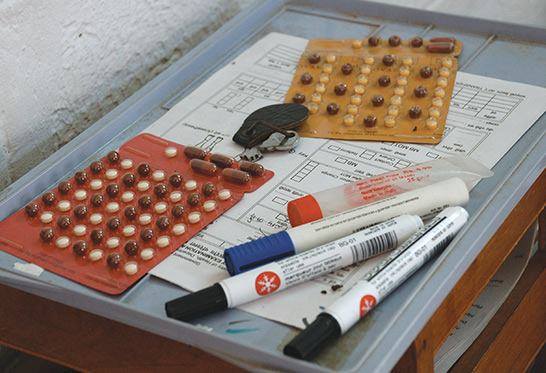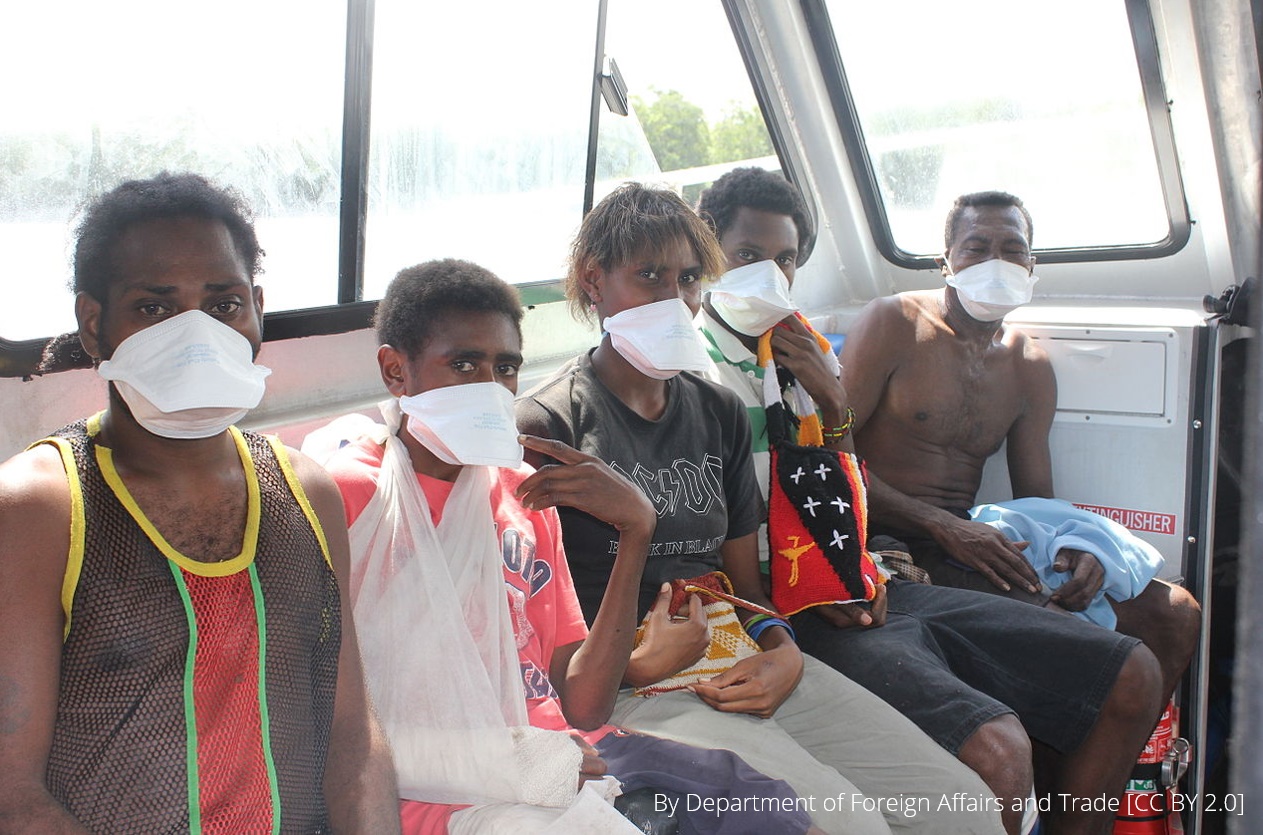One in three people worldwide are infected. When it becomes active, without proper treatment, it will be fatal for up to two thirds of cases. In fact, it is second only to AIDS in deaths caused by a single infectious agent. In 2013, it killed 1.5 million people worldwide.[1]
Today is World Tuberculosis Day.
 |
| The culprit of countless millions of fatalities: Electron micrograph of TB bacteria, Mycobacterium tuberculosis |
Tuberculosis (TB) is a disease, primarily affecting the lungs, caused by the bacteria Mycobacterium tuberculosis. One-third of the world’s population are infected with a latent form of the disease, which usually doesn’t cause any symptoms. These people have a 10% risk of tuberculosis becoming active at some point of their lifetime. Those whose lungs are affected can develop a severe cough; a characteristic of the disease. As it progresses, the sufferer can begin coughing up blood. It leads ultimately to severe, and potentially lethal, scarring of the lungs.
This is where Vincent Barry, a scientist born in Cork, comes in. In 1954, he worked on producing a substance called hinconstarch as a treatment for tuberculosis, which would combine the effectiveness of existing drugs without being toxic to the patient. As the ‘starch’ in the name suggests, a carbohydrate compound was used as a form of transport to ensure the active ingredients targeted the bacteria without harming the patient. This was tested in numerous Irish hospitals, and had significant effectiveness with little toxicity to the patients. Unfortunately, ultimately this particular treatment never really took off, and Vincent Barry’s contribution to the ongoing fight against Tuberculosis is largely forgotten.[2]
Yet, when this Cork-born scientist died in 1975, he left a legacy of hope for many hundreds of thousands worldwide. The TB bacteria, Mycobacterium tuberculosis, has a sinister, ancient relative in the same genus, Mycobacterium leprae. This is the culprit of the oldest known communicable disease, with which a quarter of a million men, woman and children are diagnosed each year. Vincent Barry’s greatest work was with a compound known as clofazimine. In combination with the drugs rifampicin and dapsone, this became the breakthrough treatment of MDT (Multi-Drug Therapy) that cures Leprosy infection effectively. One molecule, composed of just 55 atoms, signals hope for those who have been rejected, disabled and forgotten by the disease.
 |
| The medicines, MDT (Multi-Drug Therapy), which can completely cure Leprosy. |
Leprosy, like Tuberculosis, is therefore curable. However, current health policy tends to consider that, if less than 1 in 10,000 people in a nation has Leprosy, it is considered to have been ‘eliminated’ (note, not ‘eradicated’, as this would be zero prevalence), meaning cases are no longer regularly actively searched for. A person must thus report themselves. Yet, if a person admits they have Leprosy, age-old stigma often results in them being rejected and disowned by their own loved ones, employers, schools and communities. To report oneself would be to risk losing one’s entire family and livelihood. Therefore, many cases remain completely neglected and forgotten, even though the definite cure is readily available.
A simple change in policy to prioritise active searching and full rehabilitation would therefore transform thousands of lives. It could bring to and end the needles isolation that people affected by leprosy experience. The Leprosy Mission Ireland is looking for people willing to stand up and declare that the current situation is unacceptable. You can be part of this, by adding your voice to our online petition, encouraging WHO and global health policy makers to, once again, prioritise these forgotten people. By working together, we can make the world’s oldest communicable disease a thing of the past.
Sources:
[1] http://www.who.int/mediacentre/factsheets/fs104/en/
[2] D. Greenwood, Antimicrobial Drugs: Chronicle of a Twentieth Century Medical Triumph, p. 178.

